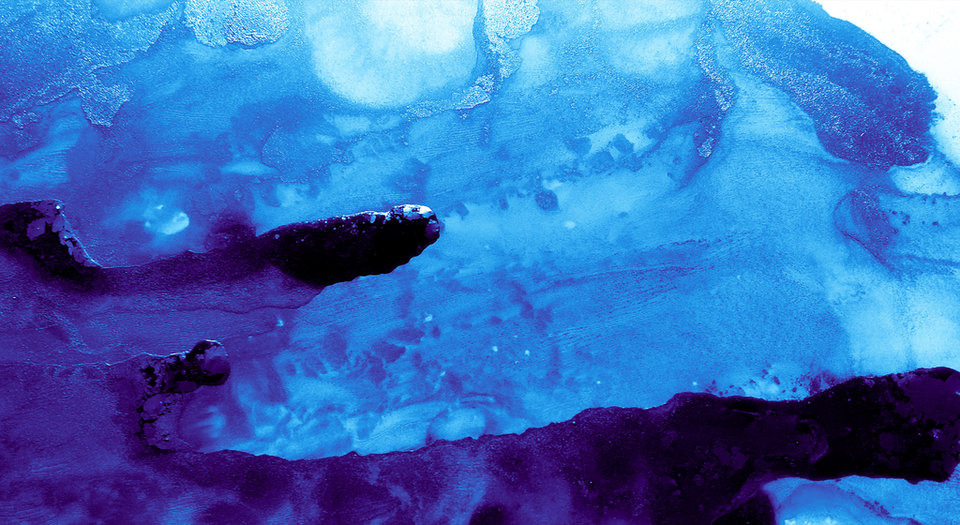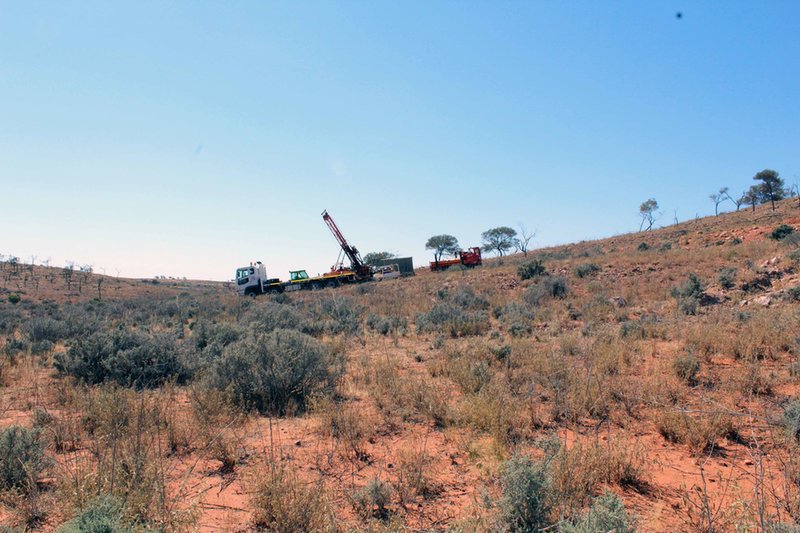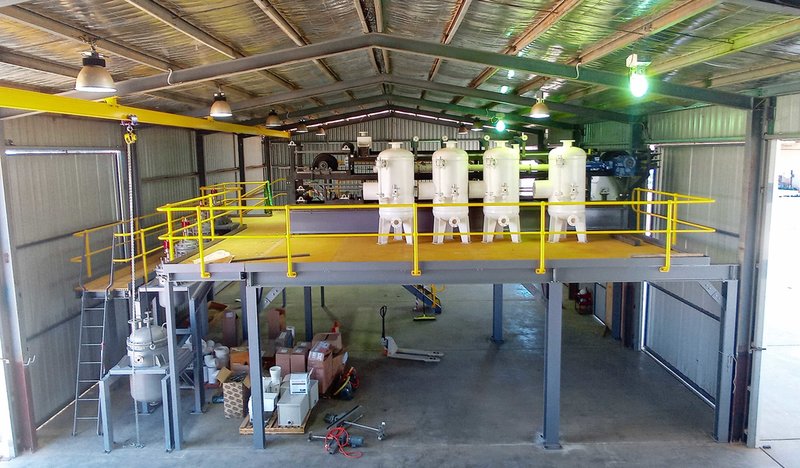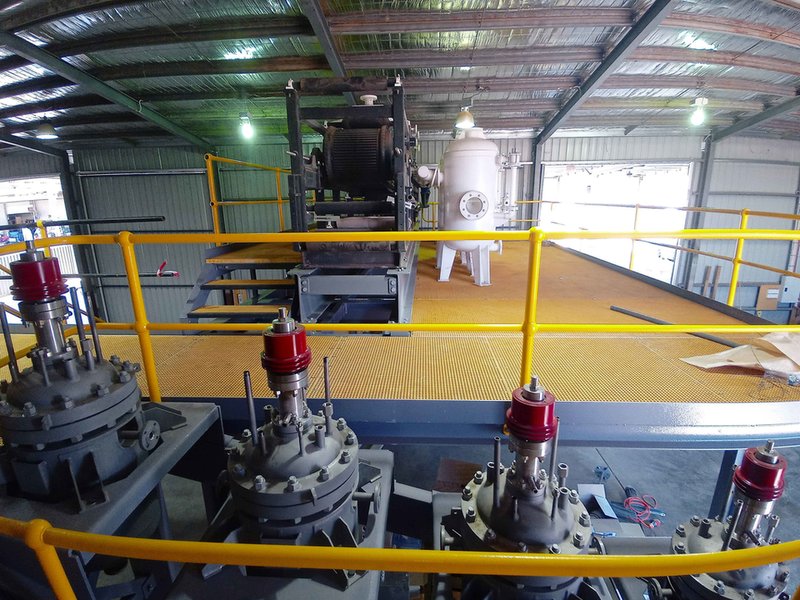
COMMODITIES
Australia cashes in on cobalt
Australia’s cobalt mining sector is expected to register positive growth in 2021, with strong reserves and a significant project pipeline. Here, Scarlett Evans speaks with Cobalt Blue about the company’s mission to create a completely environmentally friendly cobalt project, and what’s previously stopped Australia from forging ahead in the industry.
C
obalt is an integral material in our lives - so much so that we probably don’t even realise half of the things we use where it is present. From smartphones to electric vehicles (EVs) to wind power infrastructure - it’s a darling of the technological revolution, and is only expected to become more important as the world continues to digitise.
Yet supplies predominantly come from by-products of other operations, the majority of which are found in the Democratic Republic of Congo (DRC), renowned for its prevalence of child labour and other ethical problems.
With the nation contributing around 65% of the world’s cobalt (a figure the World Bank predicts to rise to 73% by 2023), sustainable alternative producers are a must if the industry is to grow responsibly.
This is where Australia can make its mark. With the resources to make an industry revolution happen, it is now the priority to ensure that operations provide the ethical and environmental sustainability that stakeholders fear the DRC lacks - something that cobalt development company Cobalt Blue’s Broken Hill project seeks to provide.
Cobalt in Australia
Cobalt is on the edge of a significant demand spike as batteries become an increasingly common part of our lives, driven by the rise of renewables.
“In the coming years, as we see more penetration of renewables in society, we’ll need more batteries to efficiently dispatch that energy,” says Cobalt Blue’s CEO, Joe Kaderavek.
“The unfortunate thing with renewables is they generate when you least need them - for instance solar generates most of its load in the middle of the day, yet peak demand is in the morning/evening. Society now has the ability to shift that generation using batteries.”
Covid-19 became an accidental catalyst for boosting EVs and therefore battery materials.
Another interesting catalyst for cobalt’s rise is also, in fact, the pandemic. While at its peak it had a detrimental impact on the price of cobalt, a renewed push for EVs also came out of the outbreak as a result of government purchase subsidies. While an unprecedented positive effect, it bodes extremely well for the cobalt industry.
“The EV subsidies that the EU announced in April were so generous that they made the whole issue of cost-competition between petrol and electric vehicles obsolete,” says Kaderavek. “Covid-19 became an accidental catalyst for boosting EVs and therefore battery materials.”

Building on Australia’s cobalt potential
Australia’s 2020 Critical Minerals Projects list detailed around 68 cobalt projects, showcasing a promising pipeline for the material.
One such project is Glencore’s Murrin Murrin nickel-cobalt mine in Western Australia, which experienced 14% year-on-year growth in cobalt output in 2020. The previous year, the site made up 66.7% of total Australian cobalt output, making it the country’s largest single cobalt producer.
Increasing sustainability initiatives, as well as the presence of a stricter regulations framework, make Australia a viable competitor to DRC. According to Kaderavek, Australia has 16% of the world’s cobalt resources but currently only produces around 5%.
Operations often use 250°C to 300°C, and 50 atmosphere in terms of pressure.
So why hasn’t Australia previously monopolised on this industry? One reason is that traditional methods are often too damaging and labour intensive, requiring high temperatures and pressure that causes equipment to break down rapidly.
“Operations often use 250°C to 300°C, and 50 atmosphere in terms of pressure to leach out the metal,” he says. “These are also highly acidic conditions which create acid by-products, which you then have to store and dispose of.”
This is what makes Broken Hill a notable project, as it provides a viable alternative to traditional methods, and may open the door to Australia steaming ahead in the cobalt sector.

A new kind of cobalt project
The first thing to note about Broken Hill is that cobalt is its sole product, a unique aspect that sets it apart from other operations around the world.
“Globally, 98% of cobalt is a byproduct of copper or nickel,” says Kaderavek. “In the case of copper it's 60% of that market. And in nickel's case, it's around 38%. Cobalt is essentially an accidental metal for everyone except us.”
Such an operations model means costs are cut, as capital and equipment expenditure are focused solely on the one material, as opposed to any other metals extracted. The method of extraction itself is also novel.
Globally, 98% of cobalt is a byproduct of copper or nickel.
“We developed a process that thermally decomposes the pyrite, so there are no acidic by-products,” Kaderavek says. “It materially drops costs and makes the process environmentally friendly. It’s a very elegant solution to the challenge.”
The project is anticipated to produce around 4,000 tonnes of battery-ready cobalt per year, with a project lifespan of 20+ years. As well as the modified extraction process, electrified mine vehicles and eco-friendly processing will ensure that operations are environmentally sound.
“We’re very proud of our operations because we’re large and open cut, we’ll be rehabilitating the ground when we finish, and it will all go back to the local community,” says Kaderavek.
// Main image: 3D System Model and Completed Installation. Credit: Deimos

Refining and the push for ethical cobalt
Perhaps more importantly, the project will not only extract the metal but also refine it - avoiding the usual process of sending the mineral to China, where the methods of processing are often shrouded in something of a mystery that has previously been cause for ethical concern.
“There's a big push to source ethical cobalt,” Kaderavek says. “Today, by the time cobalt is refined and goes into a battery, you've no idea what went into it. In any given electric vehicle, for example, you might have six to a dozen sources blended together and you've got no idea what's what. Unless you physically track the materials, you really don’t have any idea.”
Today, by the time cobalt is refined and goes into a battery, you've no idea what went into it.
A pilot plant for the project is currently being built, with the hope for the final stage to be completed in the next two years. Looking forward, Kaderavek says that there is potential for the project to expand its reach to other domestic projects, bringing in cobalt from operations throughout Australia for refinement and setting the country up as a processing hub in its own right.
With cobalt set to take centre stage as the battery revolution takes hold, new players are entering the market to vie for a place at the table - with Australia poised to play a significant role. While the efficacy of many projects in the pipeline is still unknown, Broken Hill serves as an example of the kind of environmentally-driven operations that will likely populate cobalt’s future.
// All inline images. Credit: Cobalt Blue